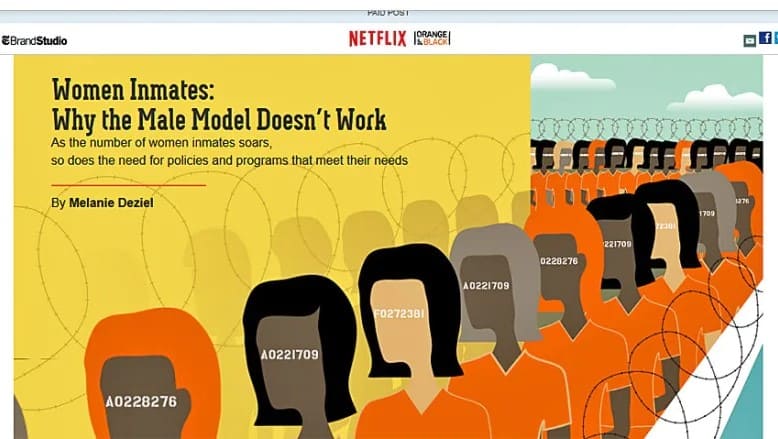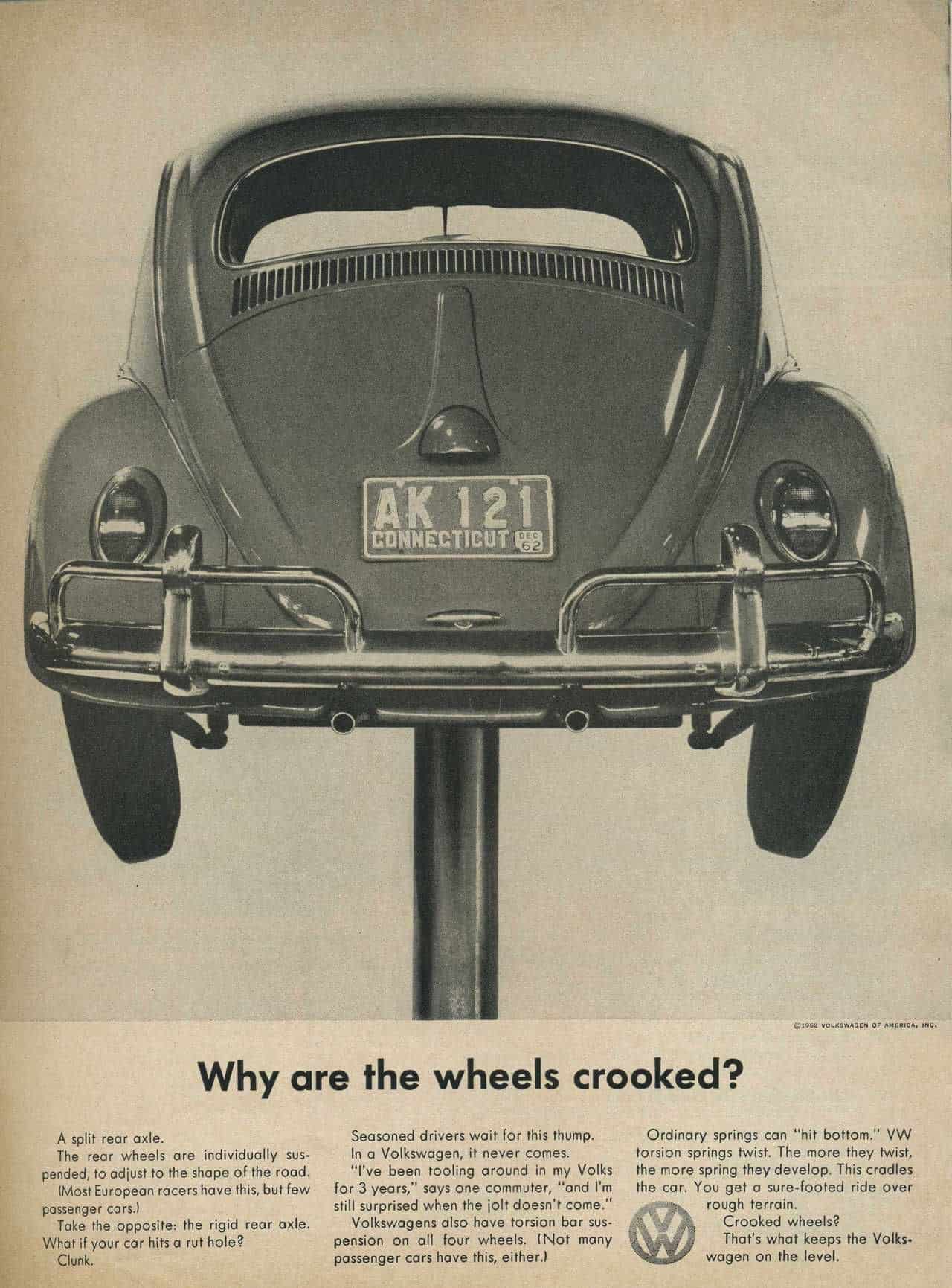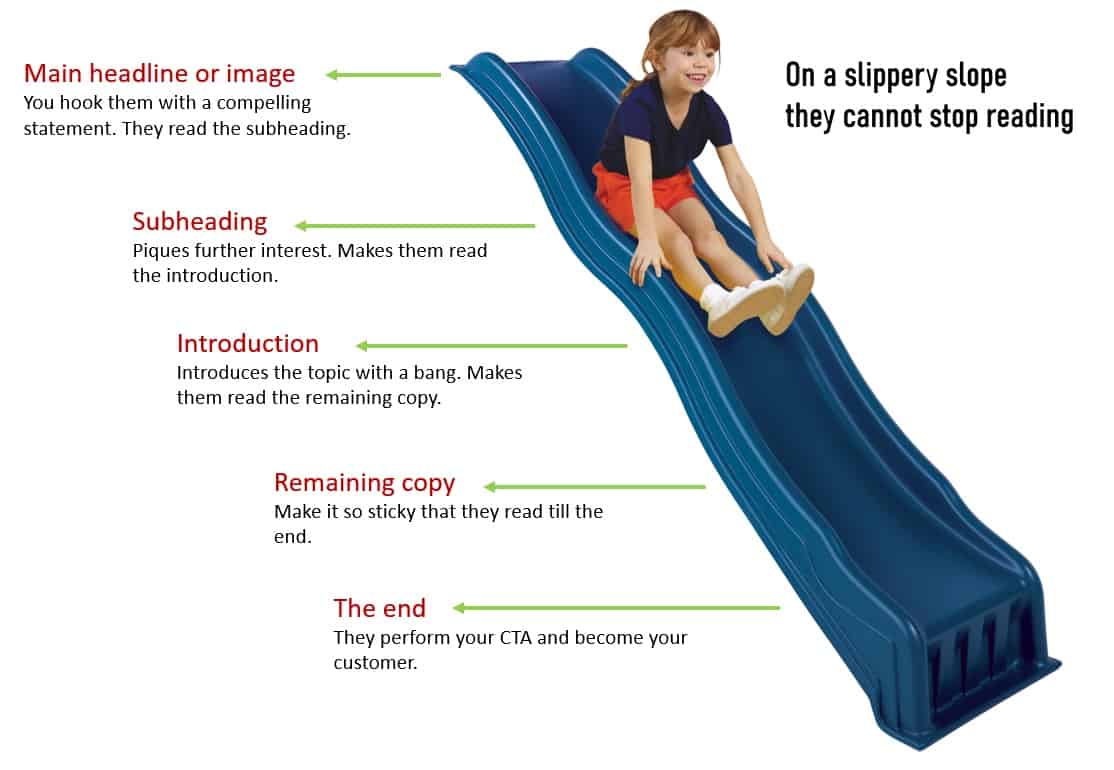For the first time I read about the concept of slippery slide in copywriting on one of Copyblogger posts.
Then I came across the reference in Joseph Sugarman’s book, The Adweek Copywriting Handbook.
In the beginning pages of the book, he writes:
“Your readers should be so compelled to read your copy that they cannot stop reading until they read all of it as if sliding down a slippery slide.”
Some also call it “the slippery slope of copywriting”.
There are also some good YouTube videos that explain how slippery slide works in copywriting.
When your copy is so compelling that your readers can’t stop reading from the beginning till the end, you have caused a slippery slide in copywriting.
If you want your copywriting to convert, you want to make an impact.
You make an impact through your words and sentences.
Hence, your readers must read your copy fully.
How do you do that?
You write a headline that hooks them and makes them read the first sentence.
Your first sentence is so effective that they want to read further.
Every new sentence propels the reader to the next sentence or the next subsection.
The reader goes on reading in rapt attention until she has reached the end where you have your call to action.
Here is a good example of the concept of slippery slide being used for paid content:
The above screenshot is an advertisement masquerading as an article.
When you read the headline “Women inmates: Why the male model doesn’t work”, you feel as if you are reading an article on jail reforms.
Even the subtext, “As the number of women inmates soars, so does the need for policies and programs that meet their needs” makes you believe it is an article.
It is in fact an advertisement for the Netflix series Orange Is the New Black.
Here is another example of a Volkswagen ad that shows the power of the slippery slide in copywriting:
It shows the image of a car raised in the air. Its wheels are crooked.
The headline beneath the image asks, “Why are the wheels crooked?”
The reader or the viewer has the same question: why do the wheels appear crooked?
After the question being reaffirmed, the reader wants to find out.
The remaining copy of the ad explains that the crooked wheels in the car are not a defect but a feature.
How exactly does the slippery slide work in copywriting?
In the concept of slippery slide or slippery slope, your copywriting follows a set pattern.
The pattern goes like this:
- Headline or image: This needs to be the strongest because unless this captures your reader’s imagination, they are not going to read further. A strong headline makes them read the subheading.
- Subheading: It provides additional information in such a manner that the reader wants to read what comes next.
- Introduction: It is the first sentence of your copy, followed by the second or the third sentence. Every sentence must prompt the reader to read the next sentence.
- Remaining copy: Keep your remaining copy sticky. Keep them wanting to know more.
- The end of the copy: This is where your CTA appears. It is a big achievement that you have made them read the entire copy and there is a great chance they will act upon the CTA.
Is slippery slide in copywriting just about an ad or web page?
Not necessarily.
You can create a complex marketing funnel.
That funnel itself can be a slippery slide.
For example, you publish lots of content and spread it using channels like Google, LinkedIn and Instagram.
People come across your content and want to know more about you.
They have entered your funnel.
They have climbed upon your slippery slide.
They follow you.
They subscribe to your updates.
They have started sliding.
The remain your followers.
They don’t unsubscribe.
They occasionally respond and engage.
They are going down the slippery slide.
Some of them eventually buy from you.
Hence, you can see that the slippery slide or the slippery slope can also exist in the form of your sales or marketing funnel.
Is slippery slide also used in content writing?
When you are writing online, the line between content writing and copywriting is constantly being blurred.
Many clients hire me as a content writer, but I work as a copywriter for their website.
Even when you are writing a blog post that is intended to generate sales, you are working as a copywriter.
Even if you are writing a blog post for information purposes, you need to attract traffic.
How to create your own slippery slide effect in copywriting
Frankly, this is just a fancy term for what you may call, old wine in new bottle.
Every promotional material that you write must be engaging and must be able to hook your readers into reading the whole copy.
Good and engaging copy often conforms to the concept of slippery slide or slippery slope in copywriting.
You need a headline that makes people read the fine print.
The fine print must have a narrative.
It must tell a story.
People should be made curious to know what is going to happen next.
You can take a calculated risk and use a headline that is not misleading, but has got nothing to do with the copy.
You can use the same treatment coming up with subject lines for your email – not misleading people, but being creative so that when people read the subject line, they open the email.
Hence, you may need to create a slippery slide headline to make people click your link and come to your blog post.
Take for example a headline
Why my horse is laughing to the bank
This is a typical slippery slide or slippery slope headline.
The reader would immediately want to know why this horse is laughing all the way to the bank?
If you want to have a step-by-step approach to slippery slide copywriting, you can do the following:
- Craft a compelling headline that makes people eager to read your web page or blog post.
- Make a strong introduction; in the introduction people must get an idea of what you’re offering.
- Keep the readers on the edge of the seat.
- Use crisp, smaller sentences that can be read fast.
- Use simple language, again, so that your copy can be read fast.
- Every sentence must lead to a culmination.
- In the end, sum up everything because it is easier to remember the last thing that someone has read.
- Present the call to action.




